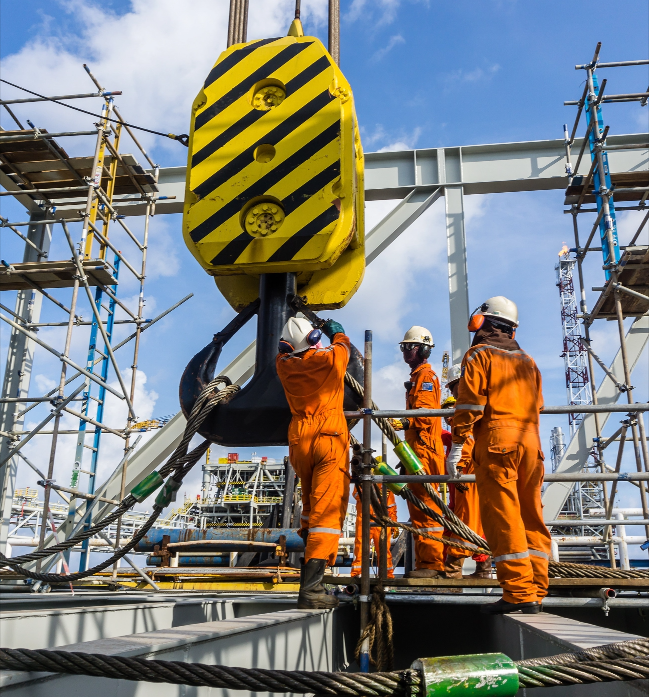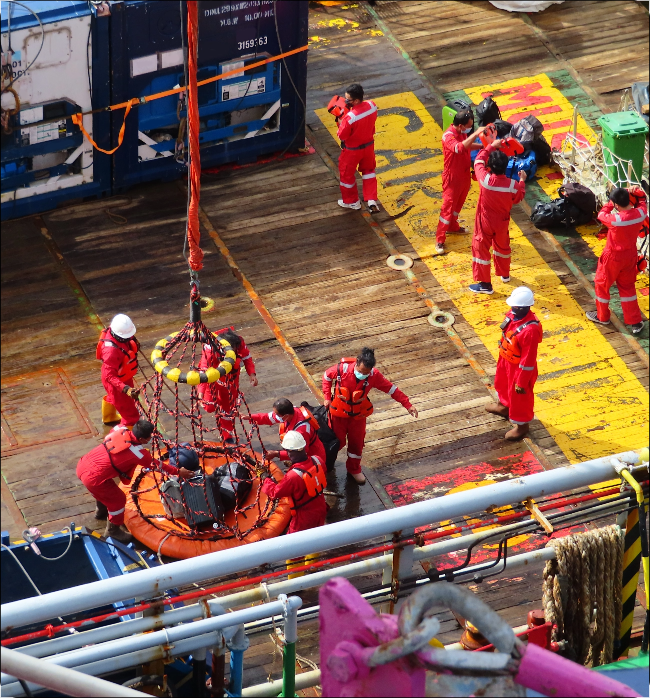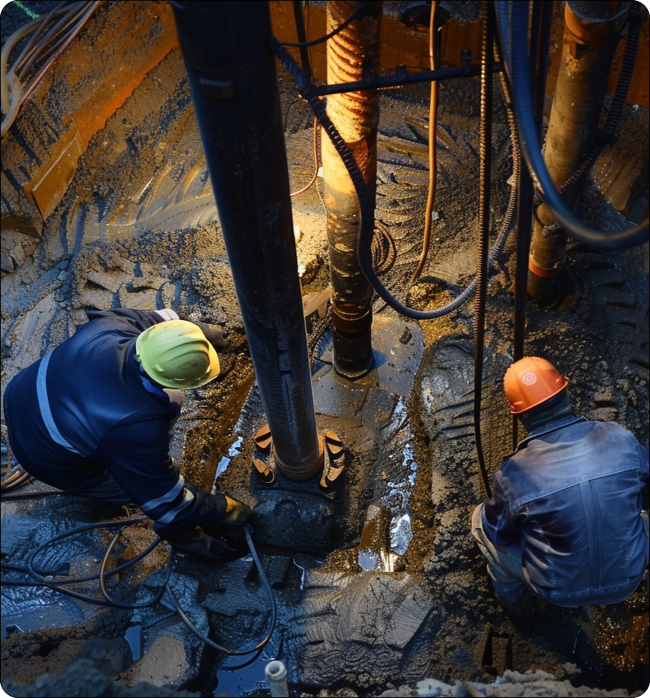Red Zone Monitoring
Securing High-Risk Areas with Red Zone Monitoring Using Computer Vision
In oil & gas industry, ensuring safety across plant areas is critical, especially in red zones with hazards ranging from flammable gases to extreme temperatures, which pose significant safety risks to personnel and equipment. Red Zone Monitoring using Computer Vision combines Imaging technology with Deep Learning algorithms to improve risk management. It monitors personnel, detects unauthorized access and hazards, and ensures safety compliance in real-time across high-risk zones including drilling operations, restricted areas, confined spaces, and high-temperature environments.

Mitigating Oil & Gas Facility Threats with Red Zone Monitoring Using Vision AI
Oil and gas companies must implement comprehensive monitoring systems to address multiple safety and security threats such as:
- Safety Incidents: Undetected violations or equipment malfunctions can lead to accidents, impacting worker safety and operational continuity.
- Security Breaches: Unauthorized access, including terrorist activities, poses significant risks to personnel and critical infrastructure.
- Operational Inefficiencies: Inefficient monitoring can lead to unnecessary downtime and increased safety risks across plant operations.
- Limited Line of Sight: Complex facility layouts with numerous structures, equipment, and obstacles create blind spots for traditional camera systems.
- Hazardous Environments: Deploying and maintaining monitoring equipment in areas with potential exposure to corrosive chemicals, extreme temperatures, or explosive atmospheres.
Enhancing Safety with Red Zone Detection System Using Vision AI
Red Zone Detection system using Computer Vision provides vigilant monitoring across all critical areas of oil and gas plants.
- Capture and Analyze: High-resolution visual data from continuous streaming from cameras is processed in real-time to identify potential risks.
- Define Red Zones: Map out restricted areas in the plant layout, for safety protocols and compliance standards to create a risk-aware environment.
- Detect and Classify: Use of Deep Learning algorithm to quickly identify safety concerns, security threats, and unauthorized access within predefined redzone area.
- Alert and Respond: The system triggers immediate Red Zone Intrusion Alerts, enabling rapid response from security and the Health Safety Environment (HSE) team.
- Log and Enhance: All events are recorded, easing continuous improvement of safety and security protocols.
- Integrate with Plant Systems: Monitoring data integrates with overall plant management systems for comprehensive risk mitigation.


Prevent Incidents Proactively by Monitoring Red Zones in Oil and Gas Operations
Protect worker safety, plant security, and operational integrity with sophisticated Red Zone Monitoring using Computer Vision solution. We vigilantly monitor every aspect of high-risk areas, from processing units to storage facilities, ensuring a safe and secure environment.
- Real-time Personnel Tracking: Monitor personnel movements and prevent unauthorized access in hazardous zones, including drilling operations and restricted areas.
- Confined Space Monitoring: Maintain vigilant oversight of confined spaces such as storage tanks, pipelines, and excavated areas, tracking entry/exit to prevent accidents.
- Equipment and Process Monitoring: Continuously monitoring the area around critical equipment and processes, detecting irregularities that could lead to dangerous situations.
- Safety Compliance Verification: Ensure adherence to safety protocols, including proper use of PPE and following designated procedures across all plant areas.
- Intelligent Threat Detection: Identify and alert potential security threats, including suspicious behavior or unidentified individuals in sensitive areas.
Advancing HSE Performance with Red Zone Detection System Using Computer Vision
Implement Red Zone monitoring to transform risk management in oil and gas facilities and enhance safety workflows and operational efficiency through Deep Learning algorithms. Provide the Health Safety Environment HSE teams with real-time alerts to minimize accidents and unauthorized access, optimizing plant safety and security performance while ensuring regulatory compliance and driving productivity gains.
